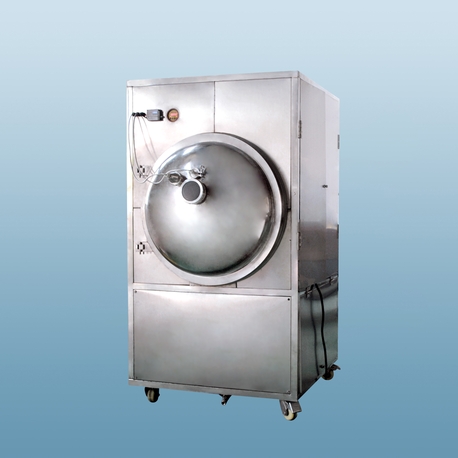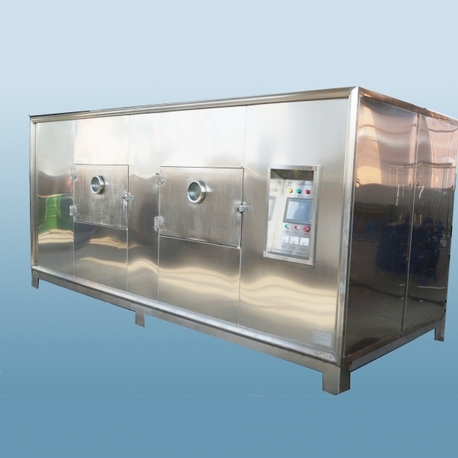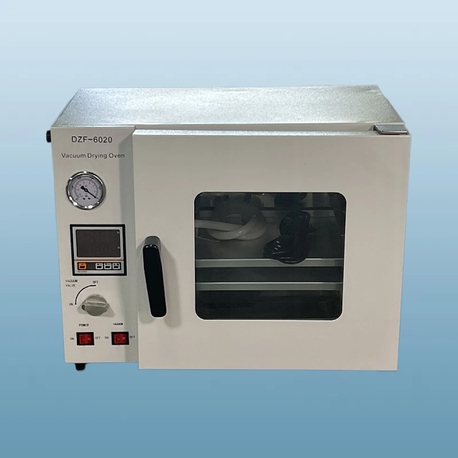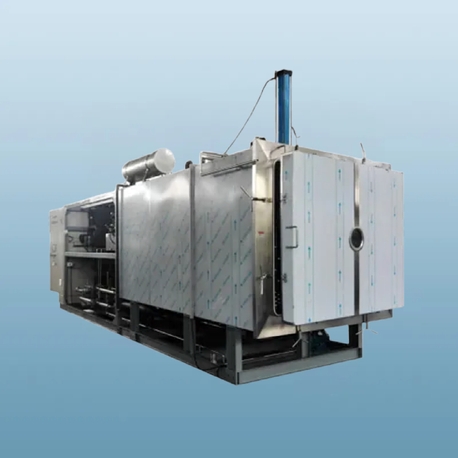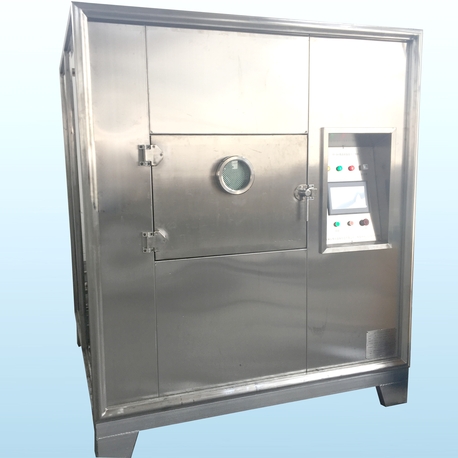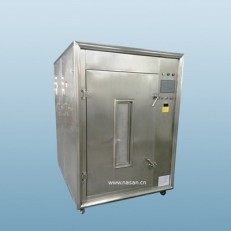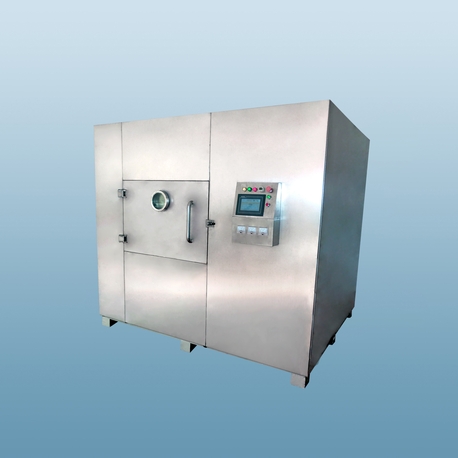In the world of industrial processing and manufacturing, preserving the integrity of sensitive materials is a constant challenge. Whether it's pharmaceuticals, high-value foods, or biological samples, traditional drying methods that use heat often degrade product quality. This is where the freeze drying machine becomes a critical piece of industrial equipment. But what exactly is this technology, and how is it revolutionizing commercial operations? This article delves into the mechanics, applications, and critical selection factors for industrial-scale freeze drying machine systems.
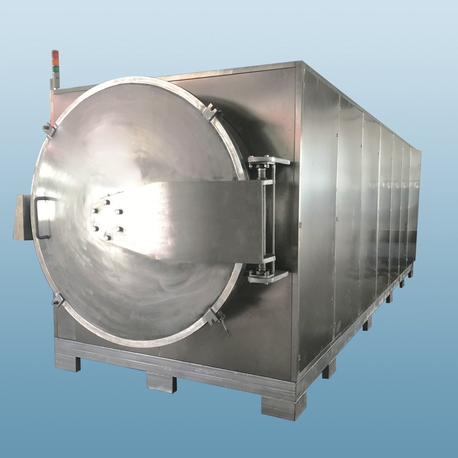
What is a Freeze Drying Machine? The Core Principle of Lyophilization
At its heart, a freeze drying machine, also known as a lyophilizer, is a sophisticated industrial device that removes water from a product through a process called sublimation. Unlike conventional drying, which uses heat to evaporate water (turning liquid into gas), sublimation involves converting frozen water directly into vapor, bypassing the liquid phase entirely. This fundamental difference is what preserves the product's physical structure, chemical composition, and biological activity.
An industrial freeze drying machine is not a simple oven; it's a complex system integrating refrigeration, vacuum, and heating technologies. The process is meticulously controlled to ensure consistent, high-quality results batch after batch, which is non-negotiable in regulated industries like pharmaceuticals. The primary goal of using a freeze drying machine is to extend shelf life, stabilize volatile compounds, and facilitate storage and transport without the need for refrigeration.
The Step-by-Step Process Inside an Industrial Freeze Drying Machine
The operation of a commercial freeze drying machine can be broken down into three distinct, sequential phases:
Freezing Stage: The product is first loaded into the machine and rapidly frozen to extremely low temperatures, typically between -30°C and -50°C. This solidifies the water content into ice. The speed and control of this freezing phase are crucial, as it determines the size of the ice crystals. Smaller crystals, achieved through fast freezing, cause less damage to the product's cellular structure, leading to better quality upon rehydration.
Primary Drying (Sublimation): This is the core of the process. The industrial freeze drying machine creates a deep vacuum inside its chamber. Once the pressure is sufficiently low, controlled heat is applied to the shelves holding the product. This heat provides the energy for the frozen water to sublimate. The ice crystals transition directly into water vapor without melting. This vapor then travels to an even colder surface called a condenser, which is maintained at temperatures often below -60°C. Here, the vapor re-solidifies as ice on the condenser coils, effectively removing it from the product chamber.
Secondary Drying (Desorption): After most of the free ice has been removed, a small amount of unfrozen, bound water molecules may still be attached to the product's matrix. The secondary drying phase addresses this. The freeze drying machine gradually increases the shelf temperature while maintaining the vacuum. This process desorbs, or "unsticks," these bound water molecules, further reducing the final moisture content to very low levels, often as low as 1-2%. This step is vital for achieving long-term stability.
Key Applications of Commercial Freeze Drying Machines
The unique benefits of lyophilization make the industrial freeze drying machine indispensable across several high-value sectors:
Pharmaceutical and Biotechnology: This is one of the largest application areas. Many vaccines, antibiotics, probiotics, and diagnostic kits are thermally sensitive and would be destroyed by heat-based drying. A pharmaceutical-grade freeze drying machine stabilizes these products, allowing them to be stored for years at ambient temperatures and reconstituted instantly with a solvent. This is critical for global vaccine distribution and the stability of complex biologic drugs.
Food Processing: The food industry uses large-scale freeze drying machine units to preserve fruits, vegetables, meats, and even complete meals (like those for camping or military rations). The process retains the food's original color, shape, flavor, and nutritional value far better than air or spray drying. Instant coffee is a classic example of a product made using a commercial freeze drying machine.
Technical and Chemical Industries: Certain chemicals, catalysts, and ceramics are processed using a freeze drying machine to create fine, porous powders with a high surface area. This is essential for their performance in subsequent manufacturing steps. Nanomaterial synthesis also often relies on this technology to prevent particle aggregation.
Critical Factors When Selecting an Industrial Freeze Drying Machine
Investing in a commercial freeze drying machine is a significant decision. Key specifications to evaluate include:
Shelf Area and Capacity: This determines the batch size and directly impacts production throughput. Industrial machines can range from benchtop units with less than a square meter of shelf area to large-scale systems with over 50 square meters.
Condenser Capacity and Temperature: The condenser must be powerful enough to handle the full water vapor load from a batch. A lower condenser temperature increases efficiency, especially for products with low eutectic points.
Shelf Temperature Range: The machine must offer precise control over both freezing (e.g., -50°C) and heating (e.g., +70°C) temperatures to accommodate a wide range of products.
Ultimate Vacuum Level: A deep, stable vacuum is essential for efficient sublimation. Industrial machines should achieve a vacuum of below 100 mTorr (0.133 mbar).
Control and Data Integrity: For regulated industries, a GMP-compliant freeze drying machine with a robust control system (often with SCADA integration) and comprehensive data logging for regulatory compliance (e.g., FDA 21 CFR Part 11) is mandatory.
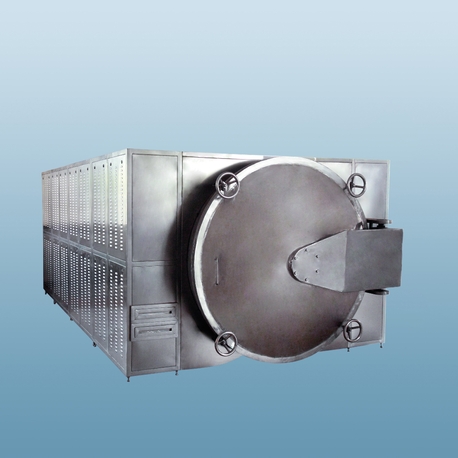
Operational Workflow and Maintenance of a Freeze Drying Machine
Operating an industrial freeze drying machine requires a standardized workflow: recipe creation, loading, cycle initiation, monitoring, and unloading. Proper cleaning and preventative maintenance are paramount to avoid cross-contamination and ensure consistent performance. This includes regularly defrosting and cleaning the condenser, checking and replacing vacuum pump oil, validating shelf temperature sensors, and inspecting door seals. A well-maintained freeze drying machine will have a significantly longer operational lifespan and higher reliability.
Frequently Asked Questions (FAQ)
Q1: What is the main difference between a freeze drying machine and a conventional hot air dryer?
A1: The fundamental difference lies in the process. A conventional dryer uses heat to evaporate liquid water, which can cause shrinkage, loss of volatile compounds, and degradation. A freeze drying machine uses sublimation to remove ice, preserving the product's physical structure, chemical integrity, and biological activity far more effectively.
Q2: How long does a typical cycle take in an industrial freeze drying machine?
A2: Cycle times vary significantly based on the product, its water content, and the machine's capacity. It can range from 20 hours for some food products to several days for dense pharmaceutical solutions with high fill depths. It is a batch process, not a continuous one.
Q3: Are freeze drying machines expensive to operate?
A3: Industrial freeze drying machine systems have high capital costs and are energy-intensive due to the simultaneous operation of refrigeration compressors and vacuum pumps. However, for high-value products where quality is paramount, the operational cost is justified by the superior product stability, extended shelf life, and reduced logistics costs (no cold chain required for storage).
Q4: Can a freeze drying machine handle any type of product?
A4: No. While versatile, not all products are suitable. The product must be able to withstand the deep freezing process. Additionally, the formulation (e.g., the use of cryoprotectants in pharmaceuticals) is often critical to success. Aqueous solutions are the most common feedstock for a freeze drying machine.
Q5: What does CIP/SIP mean in the context of a pharmaceutical freeze drying machine?
A5: CIP stands for Clean-In-Place, and SIP stands for Sterilize-In-Place. These are automated systems integrated into a high-grade freeze drying machine that clean and sterilize the internal chamber and shelves without requiring manual disassembly. This is a critical feature in pharmaceutical manufacturing to maintain sterility and meet stringent regulatory standards.



